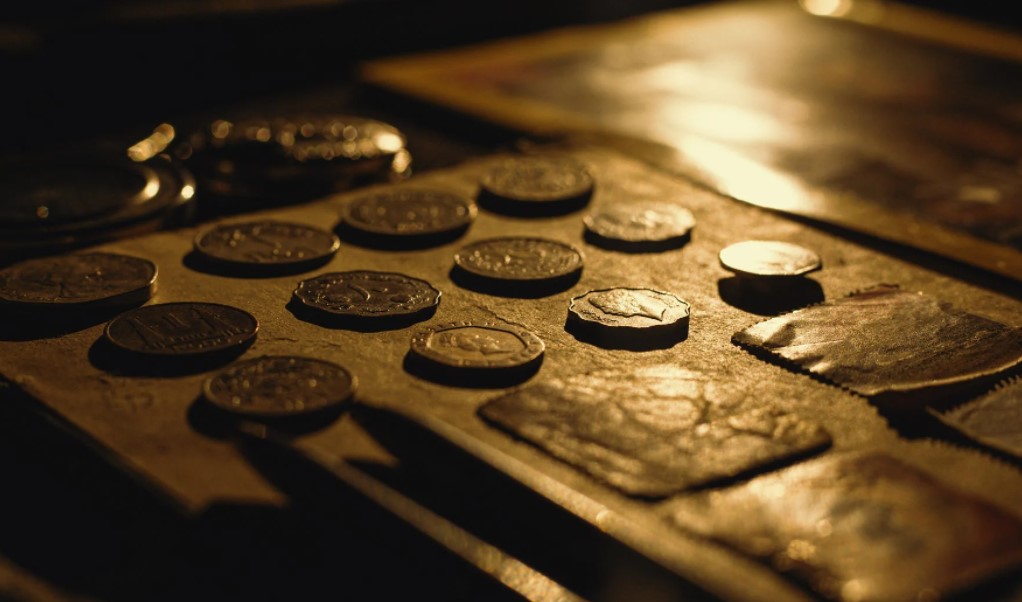How Gold Exploration is Done?
Gold is one of the most precious metals on earth. The more gold you have the richer you are. For centuries humans have been trying to find gold and become rich. 49% of the world’s gold is being used in jewelry which makes it the largest single use of this metal. Humans have extracted thousands of tons of gold so far and still, numerous companies work on the same ground such as Collective Mining Ltd. Countries like China, South Africa, America, Canada, and Pakistan are famous for gold mines.
How Gold Exploration is Done?
Gold is widely distributed around the world. With the help of modern technologies, gold is mined around the world. Experts don’t jump on drilling and sampling in the start but follow some scientific methods to detect the presence of gold deposits. Here are some of those methods.
Photogeology
Photogeology gives complete information about the gold deposits and these images are recorded digitally or on film. It helps find out the vegetative areas and moisture content of the soil which helps to detect gold zones. The photographic survey is done through specified flight routes and done through regular spacing along the path with 55-60% overlap
The two adjoining photos are placed together and observed through the stereoscope. With the help of this imagery, the gold zones are located along with their maps, figures, and interpretation by linking it with bound support.
Seismic Method
To detect gold in any area, the seismic method plays a vital role which includes seismic refraction and seismic reflection. In seismic refraction and seismic reflection, the travel time of the wave refracted along acoustic waves from the surface respectively. This method helps the experts in finding the depth and geologic structure.
Sampling
After having solid and convincing reports, geologists take samples. Around 100 composites are taken from a 1-4 m2 area. Keep in mind that only one sample is taken first before taking these samples. During sampling, the silver content is always higher than gold. Using GPS, the samples are taken at different places and statistical analysis shows which zone has a higher concentration of gold.
Trenching
With the help of a backhoe, a large exploration of soil is done. This provides geologists with the primary information about digging. Each channel is 10-20cm wide and 5-10cm in depth. It provides great results if planned well otherwise it will be a waste of money and time.
Drilling
If the sample results are interesting, the process of drilling takes place. There are two types of drilling such as core drilling and reverse circulation. Drilling is a bit costly process and its cost depends on drilling time, rock type, and environmental conditions.
Some other processes take place after the drilling process. These processes ensure the safety and purity of the metal explored.
Final Note
Exploring gold is one of the hardest tasks in the world. It involves various steps to finally get some gold. However, there is always a reward for struggle. Companies such as Collective Mining (CNL.V) are working to explore new horizons in this field. Don’t forget to learn more about it.







